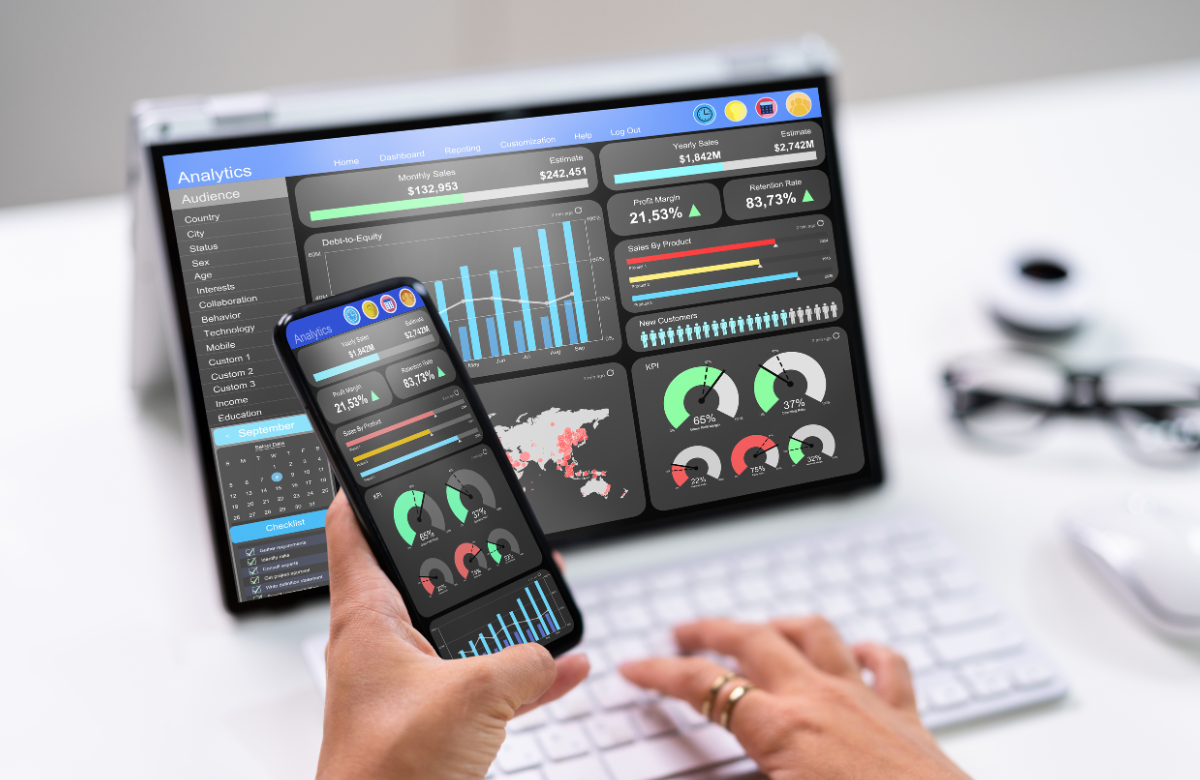Data-Driven Decision Making in Operational Efficiency
Data-driven decision-making is transforming operational efficiency. This blog explores how organisations use analytics and AI-driven insights to optimise processes, eliminate inefficiencies, and enhance productivity.
In today’s competitive business landscape, intuition and tradition are no longer enough to make impactful decisions. Organisations increasingly rely on data to understand inefficiencies, prioritise improvements, and optimise operations. Data-driven decision-making ensures that every choice is backed by objective insights, minimising risk and maximising impact.
At the heart of this shift lies the growing influence of analytics and artificial intelligence (AI), which is rapidly becoming a cornerstone of process audits and efficiency improvements.
What is Data-Driven Decision Making?
Data-driven decision-making involves analysing relevant data to guide organisational strategies and operational choices. It relies on:
1. Collecting Data: Gathering metrics from operational systems, customer interactions, and workflows.
2. Analysing Data: Using analytics tools to uncover trends, inefficiencies, and opportunities.
3. Applying Insights: Translating findings into actionable steps that align with organisational goals.
When combined with AI-powered tools, data analysis becomes faster, more precise, and capable of identifying patterns that might go unnoticed by human auditors.
How Data-Driven Approaches Improve Operational Efficiency
1. Identifying Bottlenecks with Precision
Data analysis highlights where processes slow down or fail to deliver desired outcomes. For example, metrics like cycle times, error rates, or resource utilisation rates can reveal hidden inefficiencies.
2. Predicting Outcomes
Advanced analytics, enhanced by AI, allows organisations to forecast the impact of potential changes, ensuring resources are allocated to the most effective solutions.
3. Optimising Resource Allocation
Data-driven insights help balance workloads, allocate resources more effectively, and reduce redundancies, leading to significant cost savings.
4. Enhancing Real-Time Monitoring
With live dashboards and AI-powered monitoring tools, organisations can track performance metrics in real-time, making proactive adjustments as needed.
Case Study: Leveraging Data for Inventory Management
A medium-sized manufacturing firm faced issues with inconsistent inventory levels, resulting in frequent stockouts and excess stock.
What Data Showed
• Seasonal spikes in demand were not reflected in procurement schedules.
• Warehousing inefficiencies delayed restocking.
AI-Powered Solution
• Predictive Analytics: AI tools analysed historical sales data to forecast demand, aligning procurement schedules with seasonal variations.
• Warehouse Optimisation: Real-time monitoring systems reduced restocking delays by prioritising high-demand items.
Results
• Inventory holding costs reduced by 20%.
• Stockouts decreased by 30%, enhancing customer satisfaction.
AI: A Growing Force in Decision-Making
While data analytics has been a staple of operational efficiency for years, AI is expanding its capabilities in remarkable ways:
• Automated Insights: AI systems process vast datasets to generate actionable recommendations automatically.
• Enhanced Forecasting: Machine learning models refine predictions over time, improving accuracy and reducing uncertainty.
• Continuous Learning: AI adapts to evolving business conditions, offering insights that remain relevant as operational dynamics shift.
As AI tools become more accessible, they are no longer the exclusive domain of large enterprises. Medium-sized businesses, too, are realising the benefits of integrating AI into their decision-making processes.
Best Practices for Data-Driven Efficiency
1. Establish Clear Metrics: Define KPIs that align with organisational goals.
2. Invest in the Right Tools: Use analytics platforms and AI solutions that suit your business’s size and needs.
3. Train Your Teams: Equip employees with the skills to interpret data and implement AI-driven insights.
4. Integrate Data Sources: Ensure that data from various systems flows seamlessly into a centralised analytics platform.
Conclusion
Data-driven decision-making is no longer optional—it is an essential element of modern business operations. By combining robust analytics with the growing power of AI, organisations can identify inefficiencies, forecast outcomes, and make informed decisions that drive operational excellence.
As AI continues to evolve, its role in process audits will only deepen, offering organisations unprecedented capabilities to refine and optimise their workflows. For businesses ready to embrace these tools, the potential for growth and efficiency is limitless.

